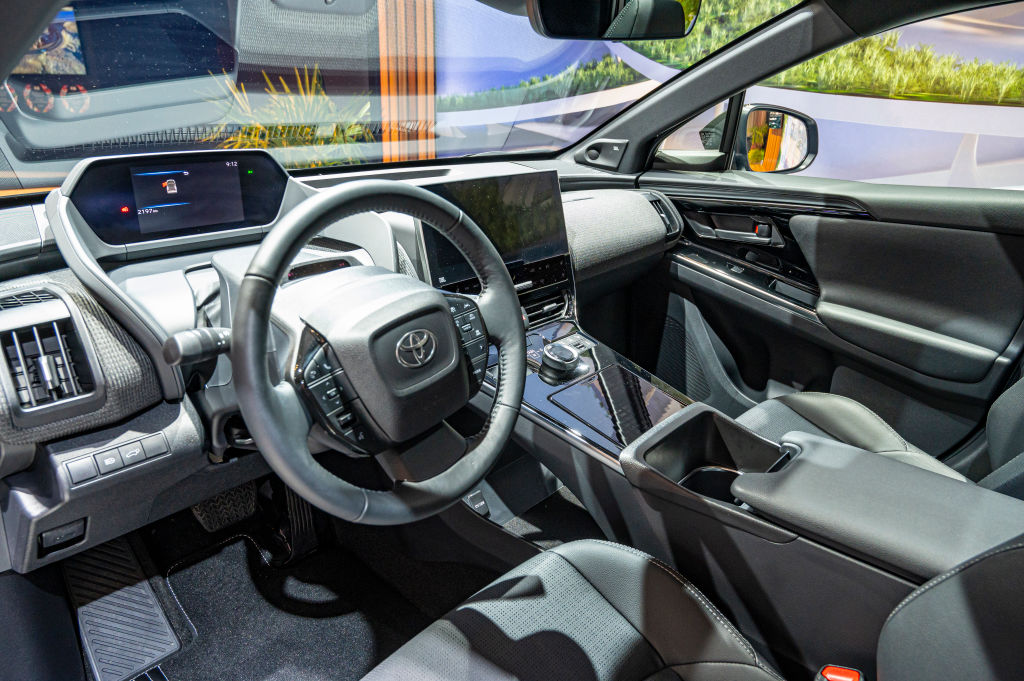Insider’s Tim Levin recently made a round-trip drive from New York City to Washington, D.C., and back, and found that he was forced to spend roughly a quarter of his time charging his electric vehicle.
And that wasn’t even the worst of it.
He made the drive in early April, and the outside temperatures were chilly, Levin wrote for Insider. So, unfortunately, were the inside temperatures — inside the car, that is, because of the effect running the heater had on the vehicle’s battery life and, therefore, its range.
Levin chose to make the trip in a Toyota bZ4X, a new electric SUV on the market. However, the battery in the vehicle was designed for longevity, not fast charging.
In a relatively new industry like electric vehicles, such trade-offs are not uncommon.
For the bZ4X, that means that the battery can charge at a maximum rate of 100 kilowatts. Levin labeled that rate “uncompetitive” in and of itself, but in point of fact, though he charged the vehicle’s battery three times during his trip, he never even saw it charge that quickly.
That led to what he described as “some excruciating charging times.”
Levin made the 500-mile round trip in nine hours of driving, meaning that he averaged almost exactly 55 mph while behind the wheel. Given the traffic along that corridor, that’s a respectable rate of travel.
However, he also had to spend an additional three hours charging the vehicle, making his effective rate of travel more like 40 mph.
Three fill-ups in a gas vehicle would be expected to require less than an hour total, of course. But for a 500-mile trip, one fill-up would probably have done it, cutting down travel time even more.
Levin was quick to point out that a large part of the issue was the vehicle itself.
“Many vehicles beat the Toyota’s so-so 222-mile range, cutting down the frequency and urgency of pit stops,” he noted. Teslas and Hyundais both charge more quickly, as well, and Telsa owners have the additional advantage of Tesla’s “expansive, private charging network.”
Drivers don’t need to stay with their vehicles while charging either, so some of the charging time can be redeemed for other activities; Levin did some sight-seeing in D.C. during one of his charging stops.
Even so, EV drivers are advised to take the time to plan out charging stops prior to getting on the road. Running the battery down to zero in the middle of nowhere is a recipe for a bad day, obviously, and there just isn’t anywhere near the amount of infrastructure to support electric vehicles yet as there is for traditional gas-operated models.
And while gas vehicles give off heat as a byproduct of the internal combustion process, electric vehicle drivers must tap the stored energy in their battery if they want to crank up the heat.
Levin said that doing so on his trip dropped the indicated battery range from 176 to 125 miles. He chose to dress warmly and use the “more efficient” seat and steering-wheel warming features, rather than add another 45-to-60-minute charging stop to his trip.
Levin said the discomfort of the cold led him to “curse these silly electric cars under my breath once or twice.”
However, he concluded, “the electric future seems inevitable at this point, so we might as well learn to live with it.”
This article appeared originally on The Western Journal.
























